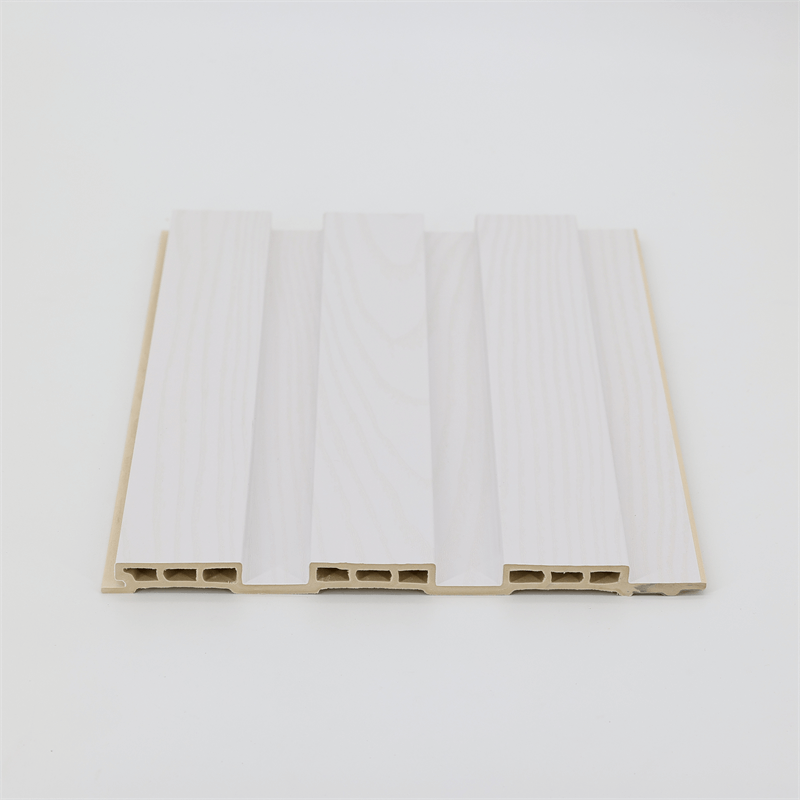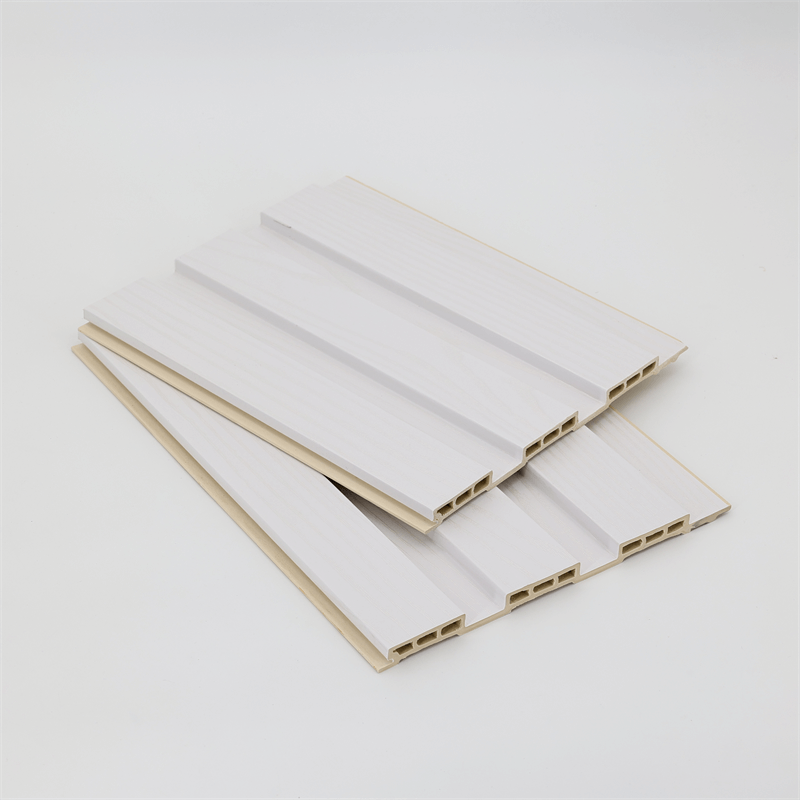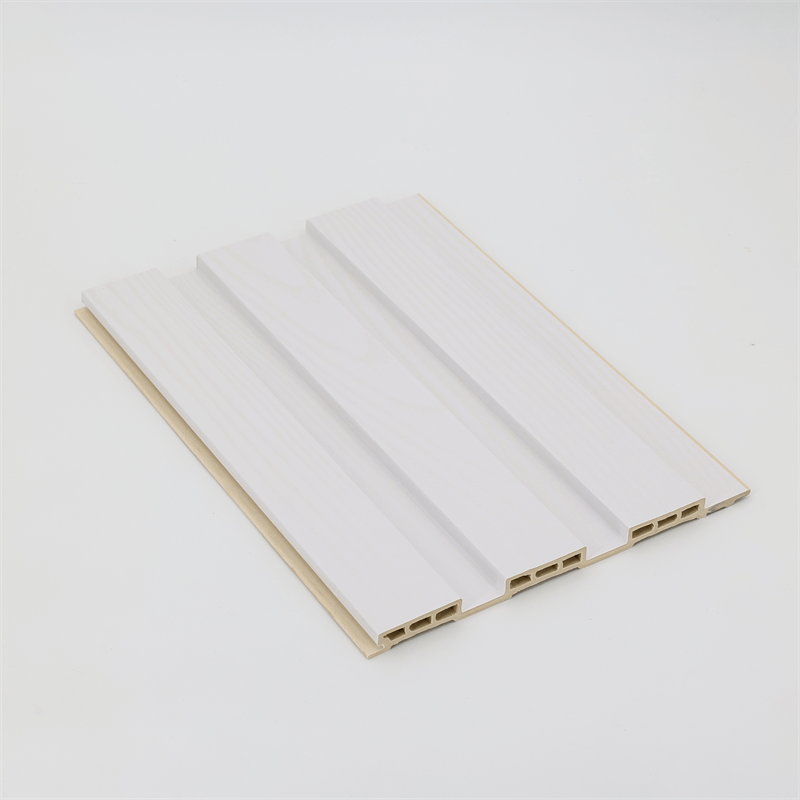In the world of interior architecture, innovation is key to creating spaces that are not only functional but also visually stunning.
Wood-Plastic Composite (WPC) wall panels have emerged as a game-changing material, offering designers unparalleled opportunities to shape the future of interior architecture.
This essay explores the innovative design potential of WPC wall panels, focusing on their versatility, sustainability, adaptability, and role in enhancing spatial aesthetics.
By harnessing the power of WPC panels, designers can revolutionize the way we perceive and experience interior spaces.
WPC wall panels have already made a significant impact on the design industry, and their influence is set to grow even further in the coming years.
As designers become more aware of the unique benefits that WPC panels offer, they are embracing these materials as a means to push the boundaries of creativity and craftsmanship.
I. Versatility: Redefining Design Possibilities
WPC wall panels offer unparalleled versatility in interior architecture, redefining design possibilities.
These panels can be used in a variety of applications, including accent walls, partition walls, and even ceiling treatments.
Their ability to seamlessly integrate with other materials, such as glass or metal, opens up endless design opportunities.
Whether it’s creating dynamic patterns, incorporating innovative lighting techniques, or experimenting with three-dimensional designs, WPC panels allow designers to push boundaries and create truly unique and immersive spaces.
One of the key advantages of WPC wall panels is their ability to seamlessly integrate with other design elements.
Designers can combine WPC panels with different materials, such as glass, metal, or concrete, to create visually striking juxtapositions that add depth and dimension to a space.
This versatility allows for the creation of truly innovative and eclectic design schemes that cater to a wide range of tastes and preferences.
II. Sustainability: Designing with a Conscience
In today’s world, sustainability is a crucial consideration in design. WPC wall panels provide an eco-friendly solution, as they are made from a combination of recycled wood fibers and plastic.
By using WPC panels, designers can contribute to reducing waste and minimizing the demand for virgin materials.
Additionally, the production of WPC panels consumes less energy and water compared to traditional materials.
This sustainability aspect aligns with the growing trend of environmentally conscious design, allowing designers to create beautiful spaces while minimizing their environmental impact.
Moreover, the sustainable nature of WPC panels aligns with the growing demand for environmentally responsible design practices.
As consumers become more conscious of the ecological impact of their choices, there is a greater emphasis on incorporating sustainable materials into interior architecture.
WPC panels, with their use of recycled materials and low environmental footprint, provide a viable solution for designers who prioritize sustainability in their projects.
III. Adaptability: Flexible and Responsive Design
WPC wall panels offer adaptability, making them an ideal choice for interior architecture. These panels can be easily shaped, cut, and molded to fit specific design requirements.
This adaptability allows for the creation of custom-made panels that seamlessly integrate with the spatial context.
Whether it’s following the curves of a unique architectural feature or creating modular designs that can be rearranged as needed, WPC panels provide designers with the flexibility to respond to the unique needs and constraints of each project.
In terms of adaptability, WPC wall panels offer endless possibilities. They can be easily cut, shaped, and customized to fit any design vision or spatial requirement.
Designers can experiment with different panel sizes, configurations, and layouts, creating unique and dynamic compositions that transform the perception of space.
Whether it’s through the use of geometric patterns, textured surfaces, or innovative installations, WPC panels enable designers to bring their creative visions to life.
IV. Spatial Aesthetics: Transforming Experiences
The use of WPC wall panels in interior architecture has a transformative effect on spatial aesthetics.
These panels offer a range of finishes, colors, and textures, allowing designers to create atmospheres that evoke specific moods and emotions.
From warm and inviting spaces with wood-like textures to sleek and contemporary environments with glossy finishes, WPC panels enhance the visual appeal of interiors.
Their ability to mimic the look and feel of natural materials, such as wood or stone, adds a touch of elegance and sophistication to any space, creating memorable experiences for occupants.
Furthermore, the impact of WPC wall panels goes beyond aesthetics. These panels also offer functional benefits that enhance the usability and comfort of interior spaces.
They provide excellent insulation properties, improving energy efficiency and reducing heating and cooling costs.
WPC panels are also resistant to moisture, making them suitable for humid environments such as bathrooms or kitchens. Additionally, their durability ensures that they can withstand the wear and tear of daily use, maintaining their pristine appearance over time.

Wood-Plastic Composite (WPC) wall panels are revolutionizing the field of interior architecture by offering innovative design possibilities.
Their versatility allows designers to push boundaries and create unique spatial experiences.
The sustainability aspect of WPC panels aligns with the growing trend of eco-friendly design, allowing designers to contribute to a greener future.
The adaptability of WPC panels enables designers to respond to the specific needs and constraints of each project, resulting in tailored solutions that seamlessly integrate with the spatial context.
Finally, the transformative effect of WPC wall panels on spatial aesthetics creates memorable experiences for occupants, elevating the overall design of interior spaces.
In conclusion, WPC wall panels are shaping the future of interior architecture by providing designers with innovative design opportunities.
The versatility, sustainability, adaptability, and transformative effect of WPC panels enable designers to create spaces that are not only functional but also visually captivating.
By harnessing the potential of WPC panels, designers can revolutionize the way we perceive and experience interior spaces, creating environments that inspire, delight, and enhance the quality of life for occupants.
As the field of interior architecture continues to evolve, WPC wall panels will undoubtedly play a pivotal role in driving innovation and shaping the future of design.
WPC wall panels are at the forefront of innovative design in the field of interior architecture.
Their versatility, sustainability, adaptability, and functional advantages make them a go-to choice for designers seeking to push the boundaries of creativity and create exceptional spaces.
As the design industry continues to evolve, WPC panels will undoubtedly play a significant role in shaping the future of interior architecture.
By embracing the potential of WPC wall panels, designers can unlock new levels of design freedom, sustainability, and user experience, revolutionizing the way we perceive and interact with interior spaces.
The era of innovative design with WPC wall panels has arrived, and it promises to reshape the future of interior architecture for the better.


